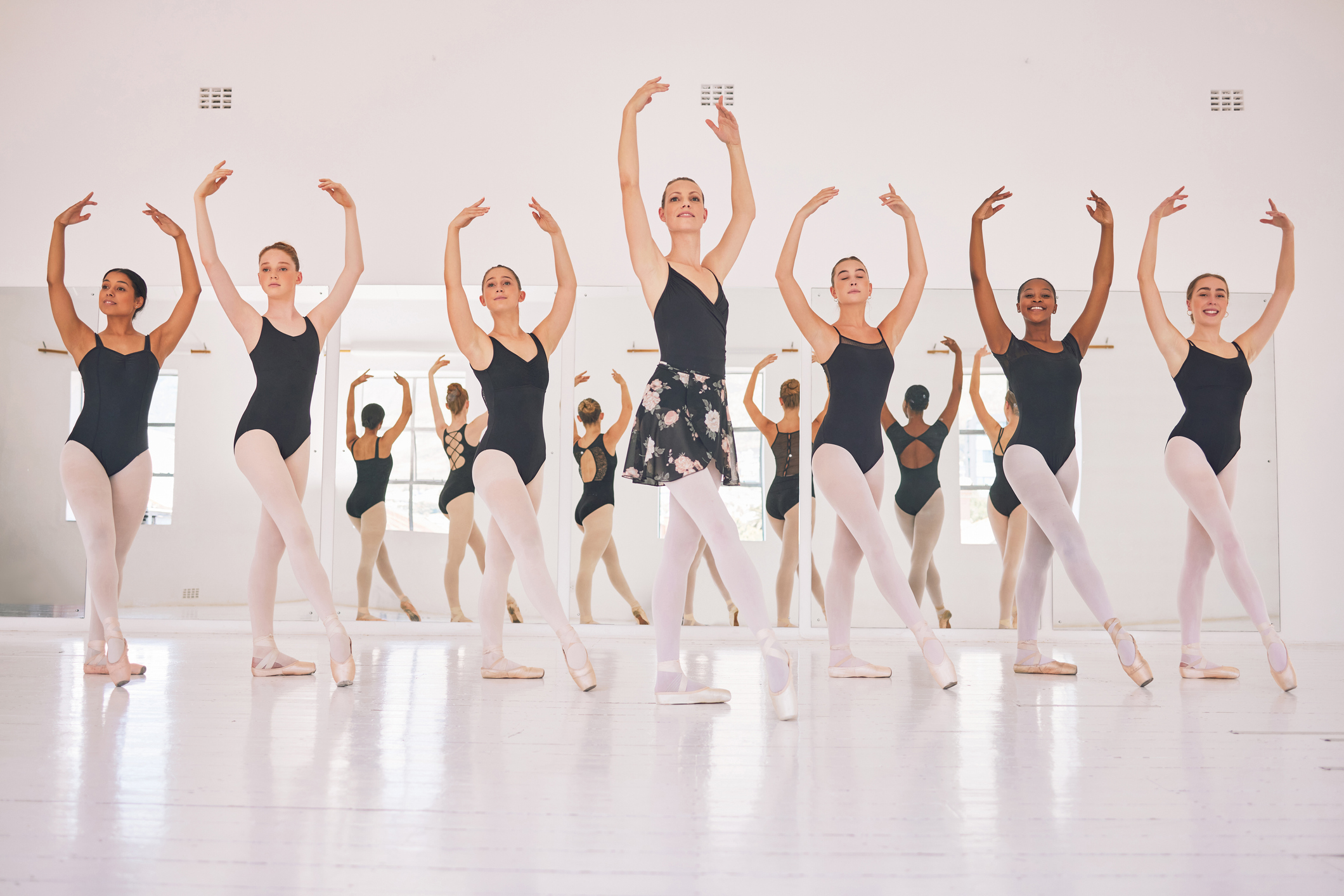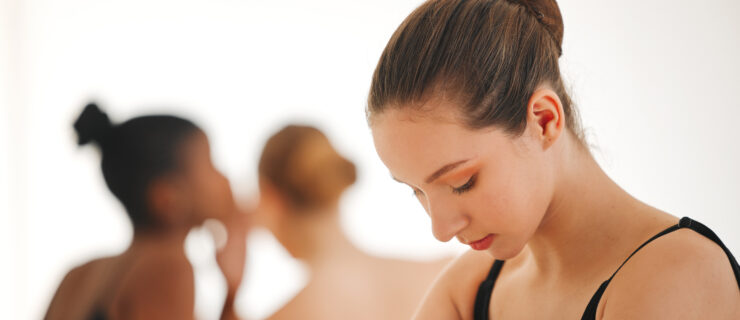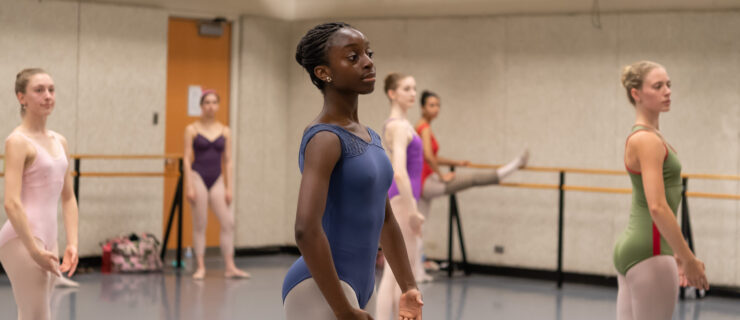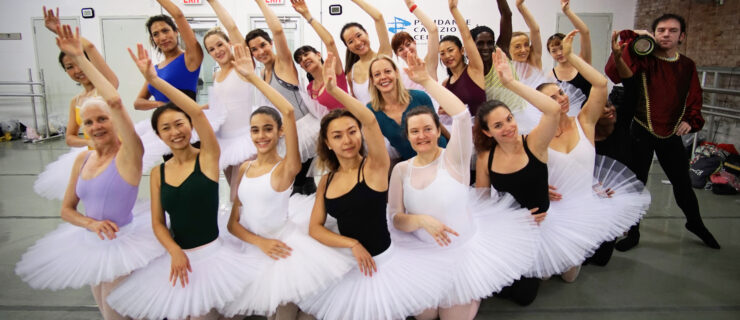Attending Multiple Summer Intensives? Here Are Tips for Staying Healthy
LeeAnaca Moore, a conservatory student at Florida Ballet, has a busy summer ahead. She’ll be attending the Alonzo King LINES Ballet Summer Program for three weeks, followed by a four-week summer intensive at Philadelphia Ballet. She then plans to stay on at Philadelphia Ballet for two weeks of its weeklong Company Experience workshops. “Both schools are very different when it comes to style,” says Moore. “I thought to be a more well-rounded dancer, attending both summer intensives would be a good way to get my name out there and learn from highly skilled dancers and instructors.”
Moore is not alone. More than ever before, major ballet schools are offering flexible summer training options, allowing dancers to choose how many weeks they want to attend or to extend the experience with supplemental programs. That means some students may be attending two, or even three, intensives. But how much is enough, and is it possible to do too much?
A Taste of Different Styles
The opportunity to enroll in more than one intensive is a relatively new trend. Traditionally, summer programs ran about five to six weeks, meaning students usually committed to just one. Allowing dancers to sign up for specific weeks can be financially advantageous for families and allows ballet schools to enroll more students.
“I think it might help families who have siblings who do other activities, and they are all trying to coordinate,” says Stella Abrera, artistic director of Kaatsbaan Ballet Intensive in Tivoli, New York. Kaatsbaan offers four different two-week summer intensive options (with the opportunity to stay for four, six or even eight weeks). “Summer can get so busy, and I think that also lends itself to making as many people feel like they can be included.”
Of course, the recent shift also means dancers can potentially attend programs from more than one school, and even switch between various ballet styles or curriculums, or even dance genres. Whether you’re participating in multiple intensives this year or are considering it in the future, keep in mind that there are pluses and minuses. If you’re looking to explore your options and aren’t certain of where you would like to end up, attending two or three programs would offer good exposure to what’s out there and give you a taste of other styles. “All the different teachers, different repertoire, ways other students approach their work—it’s an enormous opportunity to really observe and soak everything in,” says Abrera. “It will make your education broader and more diversified.”
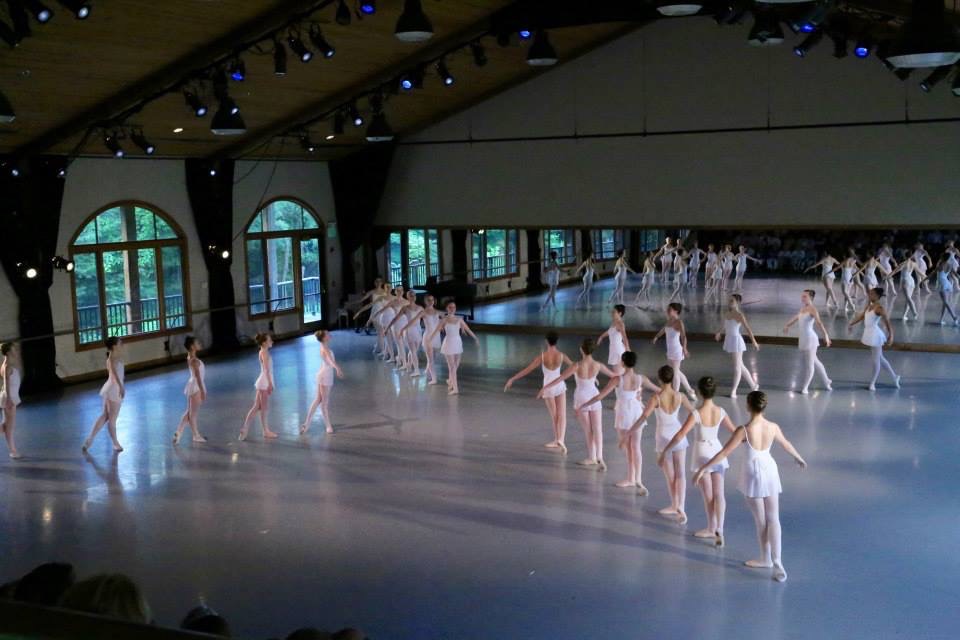
At the same time, attending one longer program would mean getting a more in-depth immersion in a school’s way of working, as well as stronger connections with faculty, choreographers and classmates. Depending on the program, registering for shorter periods may mean sacrificing performance opportunities, since there would be less time to learn choreography. And if you are hoping for job opportunities at your dream company, it may be best to commit to the full intensive at the affiliated school.
Keep In Mind…
Packing your entire summer with back-to-back intensives, without allowing any time for rest, can be risky. Bodies require time to heal and recharge, as well as adjust to new training methods and teachers. Students who aren’t accustomed to heavy weeks of dancing may be prone to cramping and injuries like shin splints or tendinitis. “Pushing past your limitations is likely to result in overuse injuries, in addition to dehydration or illness,” says Dr. Nicholas Mercer, physical therapist and owner of uImproved PT in Oviedo, Florida. He says dancers need to be mindful of their limitations, and points to joint pain, lightheadedness, nausea and sharp pain as signs you need to stop and rest, or consult a physician.
Students may also end up neglecting family commitments or denying themselves time to unwind and relax. Most experts agree that burnout among dancers is a serious issue, and that there needs to be periodic downtime.
Dancers need to be realistic and thoughtful. In this way, spacing out your intensives may be most beneficial. “Interspersing rest, downtime and family time with intense dancing schedules is probably the best way to get the best of both worlds,” says Mercer. “This allows the dancing batteries to recharge, making it easier to push through boundaries and develop mental toughness while also allowing time to recover and remain mindful of any potential physical problems.”
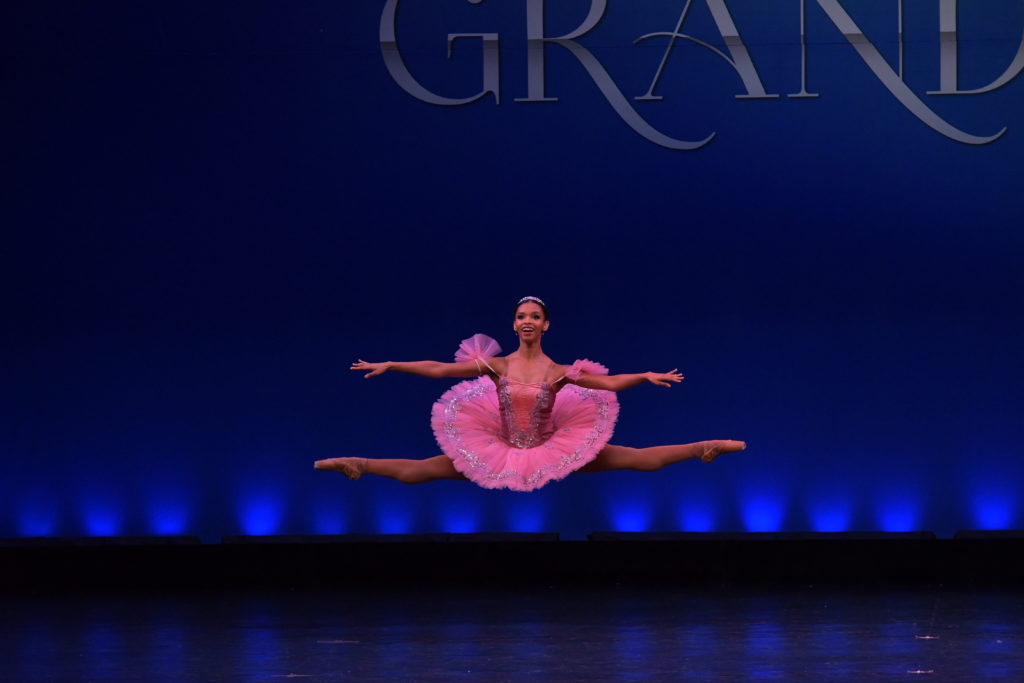
Abrera also advises dancers to build strength prior to their intensives to help avoid injury. “There are certain exercises dancers can start applying a few months in advance—start doing more heel raises for example,” says Abrera. Cross-training can include exercises for the core muscles (like Pilates), resistance-band exercises for the feet and ankles, and performing slow, controlled relevés.
Moore has done just that, incorporating conditioning and Pilates into her routine to help prepare for her busy summer ahead. “Doing more than one summer intensive can give you multiple perspectives of different dance studios—their expectations, procedures and daily routine,” says Moore. “I believe the labor and time are worth the energy!”
